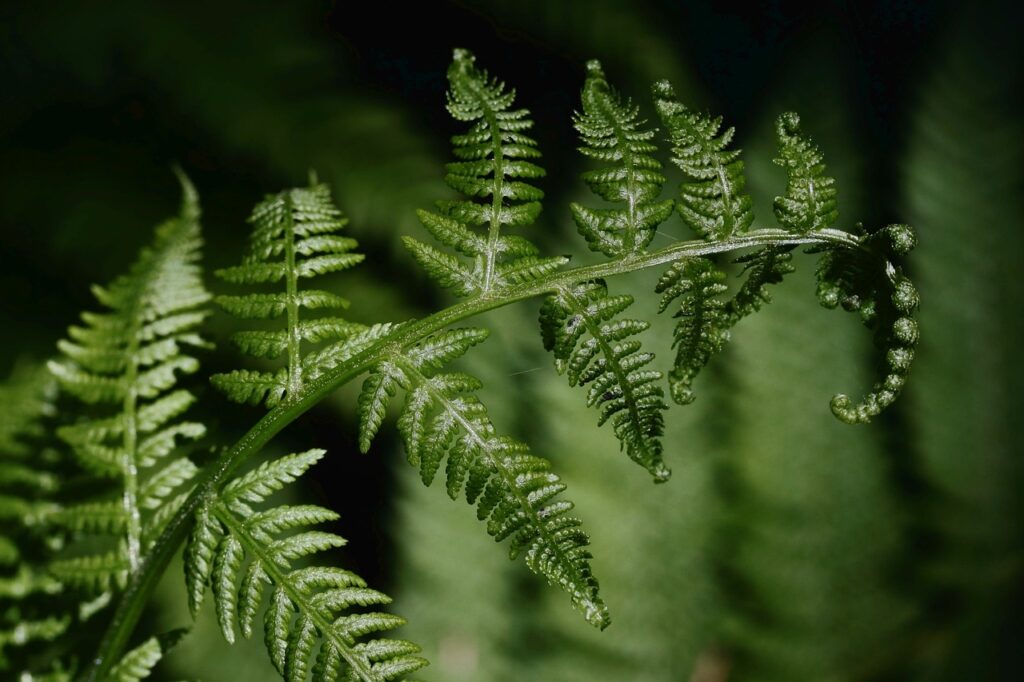Boston Fern: A Guide to Growing and Caring for this Elegant Fern
The Boston Fern (Nephrolepis exaltata), known for its lush, cascading fronds, is a popular choice for indoor plant enthusiasts. Here’s a detailed guide on how to grow and care for Boston Ferns to enhance the beauty of your home.

Types of Boston Ferns
Boston Ferns come in various forms, each offering unique characteristics and beauty. Here are some popular types:
| Type of Boston Fern | Characteristics |
|---|---|
| Classic Boston Fern | Traditional variety with arching fronds, excellent for hanging baskets. |
| Fluffy Ruffles | Compact and bushy, ideal for small spaces and tabletops. |
| Macho Fern | Larger fronds, perfect for adding a dramatic effect to larger spaces. |
Growing Season
Boston Ferns have a specific growing season that ensures they thrive and develop lush foliage. Here’s a seasonal guide:
| Season | Activity |
|---|---|
| Spring | Plant new ferns, fertilize, start regular watering. |
| Summer | Continue watering, provide indirect light, monitor for pests. |
| Fall | Reduce watering, cut back fronds if necessary, prepare for cooler temperatures. |
| Winter | Minimal maintenance, keep soil slightly moist, avoid direct heat sources. |
Sunlight and Water Needs
Boston Ferns thrive in indirect light and need consistent moisture to grow healthily.
- Sunlight: Indirect light or dappled sunlight.
- Watering: Keep soil consistently moist but well-drained. Water when the top inch of soil feels dry.
Soil Preferences
Boston Ferns prefer well-drained, slightly acidic to neutral soil to promote healthy growth.
| Soil Type | pH Level | Characteristics |
|---|---|---|
| Peat-based mix | 5.5-6.5 | Retains moisture, well-draining, rich in organic matter. |
| Loamy soil | 6.0-7.0 | Balanced drainage and moisture retention. |
Fertilization and Nutrients
Boston Ferns benefit from regular feeding during the growing season to encourage vibrant fronds.
| Season | Fertilization Type |
|---|---|
| Spring | Balanced slow-release fertilizer when new growth appears. |
| Summer | Fertilize monthly with a balanced liquid fertilizer. |
| Fall | Stop fertilizing to prepare for cooler weather. |
| Winter | No fertilization needed. |
Pruning and Maintenance
Regular maintenance helps keep Boston Ferns healthy and attractive. Prune as needed to remove dead or damaged fronds.
Additional Tips for Growing Boston Ferns
- Container Choice: Use wide pots with drainage holes for container-grown ferns.
- Humidity: Maintain high humidity around the plant by misting regularly or using a humidity tray.
- Pest Control: Watch out for pests like spider mites and mealybugs. Use appropriate insecticidal soap if necessary.
- Support: Generally does not need staking, but ensure the fronds have enough space to spread.
Conclusion
Boston Ferns are a versatile and rewarding addition to any indoor space, offering lush foliage with minimal care. By choosing the right type of Boston Fern and providing proper sunlight, water, and soil conditions, you can enjoy these beautiful plants for many seasons.